Creole and Cajun seasonings are two of the most popular spice blends in Southern cooking, but they have distinct differences in origin, ingredients, and flavor profile. Creole seasoning, originating from New Orleans, is more balanced and herb-forward, while Cajun seasoning, from Acadiana, is bolder and spicier. In this guide, professional chefs explain the key differences, common uses, and expert tips for using each seasoning to elevate your dishes.
About the Author: This guide was created by Chef Michael Johnson, a professional chef with over 15 years of experience in Southern cuisine. Chef Johnson has worked in renowned New Orleans restaurants and has published multiple cookbooks on Cajun and Creole cooking.
Table of Contents
- What's the Difference Between Creole and Cajun Seasoning?
- Key Ingredients in Both Seasonings
- Cooking Uses for Each Seasoning
- Practical Tips for Using Creole and Cajun Seasoning
- Buying Guide: Choosing the Right Seasoning for You
- Frequently Asked Questions
- Conclusion
What's the Difference Between Creole and Cajun Seasoning?
At first glance, Creole and Cajun seasonings might look similar, but they have distinct characteristics that set them apart. The main differences lie in their ingredients, flavor profiles, and cultural origins.
Creole seasoning is typically more balanced, with a mix of herbs and spices that create a slightly milder, more refined taste. It often includes paprika, garlic, onion, thyme, oregano, and sometimes even a bit of cayenne for heat. This seasoning is commonly used in New Orleans-style cooking, where the goal is to enhance the natural flavors of the dish without overpowering them.
Cajun seasoning, on the other hand, is bolder and spicier. It leans heavily on paprika, garlic, onion, cayenne, black pepper, and sometimes even some chili powder. The result is a more intense, smoky, and fiery flavor profile. Cajun seasoning is closely tied to the cuisine of Louisiana's Cajun country, where heartier, more robust flavors are the norm.
| Feature | Creole Seasoning | Cajun Seasoning |
|---|---|---|
| Origin | New Orleans (French/Italian influence) | Acadiana (Cajun culture) |
| Flavor Profile | Mild, balanced, herb-forward | Spicy, smoky, bold |
| Common Spices | Paprika, garlic, onion, thyme, oregano | Paprika, cayenne, garlic, onion, black pepper |
| Heat Level | Low to medium | Medium to high |
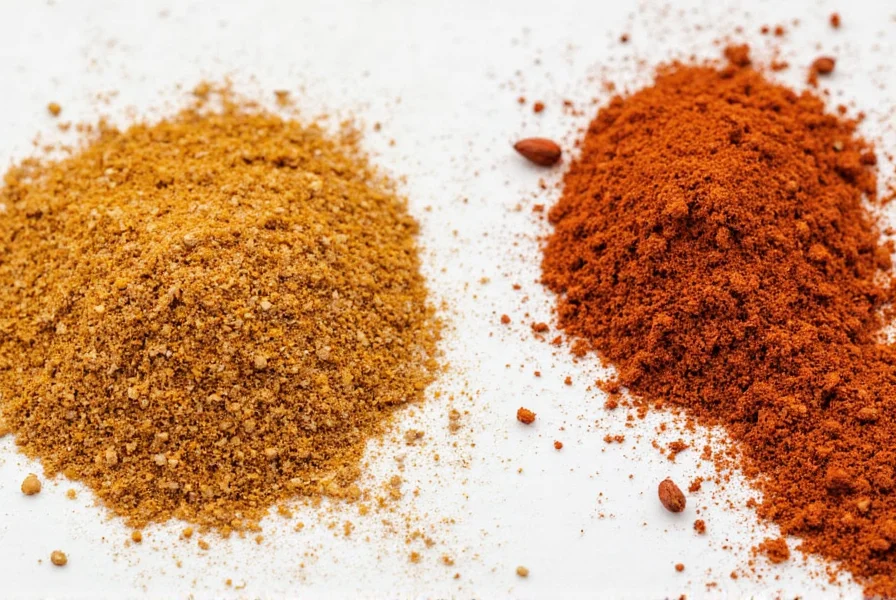
Key Ingredients in Both Seasonings
While both seasonings share some common base ingredients, they diverge in the types and quantities of spices used. Here's a breakdown of the key components:
- Paprika: A staple in both blends, it adds a sweet, smoky flavor and color.
- Garlic: Adds depth and umami.
- Onion: Provides a mild sweetness and savory note.
- Thyme: Common in Creole seasoning for its aromatic quality.
- Oregano: Often found in Creole blends, offering a slightly earthy taste.
- Cayenne Pepper: Found more frequently in Cajun seasoning, contributing heat.
- Black Pepper: Enhances the overall spice level in both.
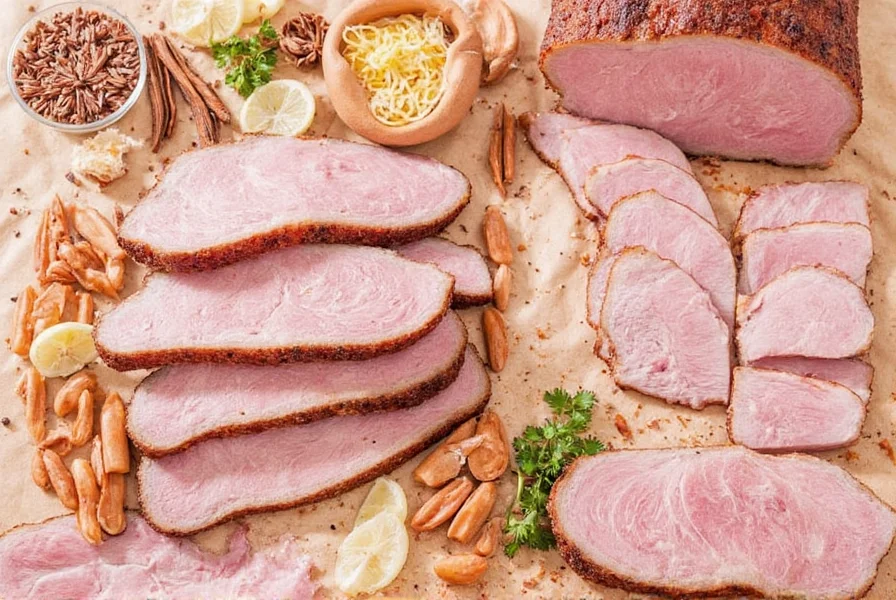
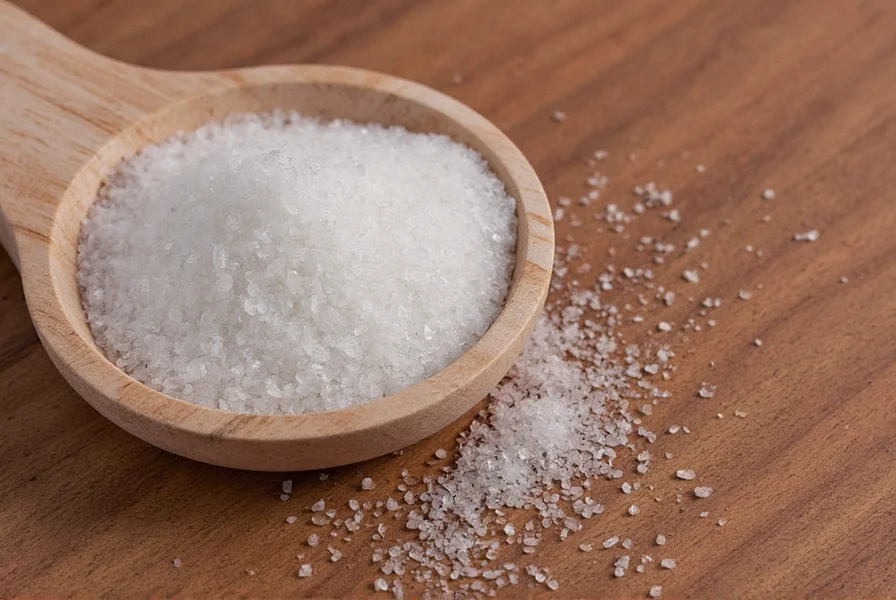
Cooking Uses for Each Seasoning
Understanding the best uses for each seasoning can help you make the most of your pantry. Here's how they shine in different recipes:
Creole Seasoning
Creole seasoning is perfect for dishes that benefit from a gentle, well-rounded flavor. Think of it as the go-to for seafood, vegetables, and lighter proteins. It works great on:
- Grilled shrimp or fish
- Roasted vegetables
- Chicken or turkey
- Tomato-based sauces
For Creole seasoning for seafood, it enhances the natural sweetness without overwhelming the delicate flavors. For Creole seasoning for vegetables, it adds depth without making them too spicy.
Cajun Seasoning
Cajun seasoning is all about boldness and heat. It pairs well with heartier ingredients and is ideal for:
- Grilled or fried chicken
- Seafood boils
- Beef or pork dishes
- Stuffed peppers or jambalayas
For Cajun seasoning for grilled chicken, it creates a delicious crust. For Cajun seasoning for seafood boils, it delivers that signature Louisiana kick.
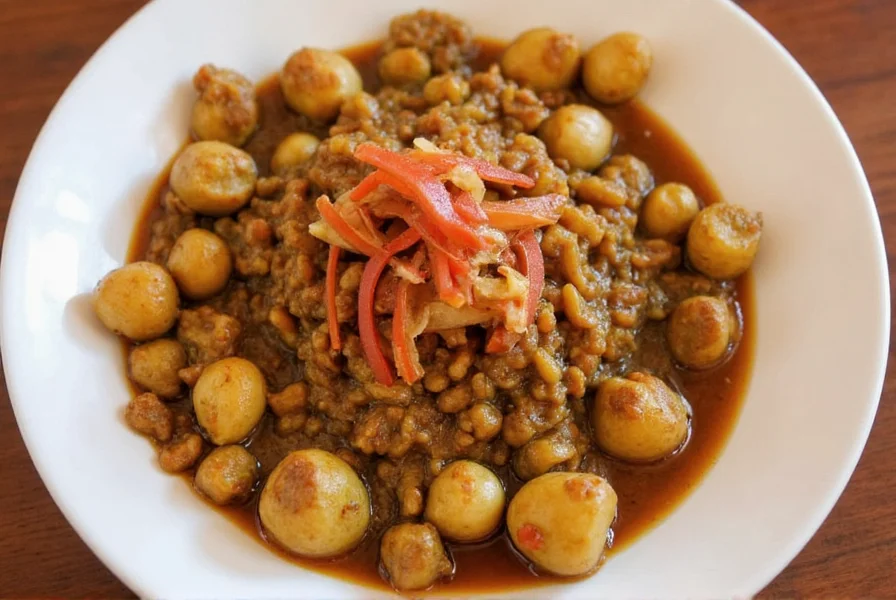
Practical Tips for Using Creole and Cajun Seasoning
Whether you're a seasoned chef or just starting out, these tips will help you get the most out of your Creole and Cajun seasonings:
- Start Small: Both seasonings are potent, so it's better to add a little at a time and adjust to taste.
- Use Fresh Ingredients: Freshly ground spices offer better flavor than pre-packaged ones.
- Pair with Acid: A splash of lemon juice or vinegar can balance the richness of the seasonings.
- Experiment: Don't be afraid to mix the two seasonings for a unique flavor profile.
- Store Properly: Keep your seasonings in airtight containers away from heat and light to preserve their potency.
For how to use Creole seasoning in everyday cooking, try it on roasted potatoes or scrambled eggs. For Cajun seasoning for beef, it works perfectly in chili or steak rubs.
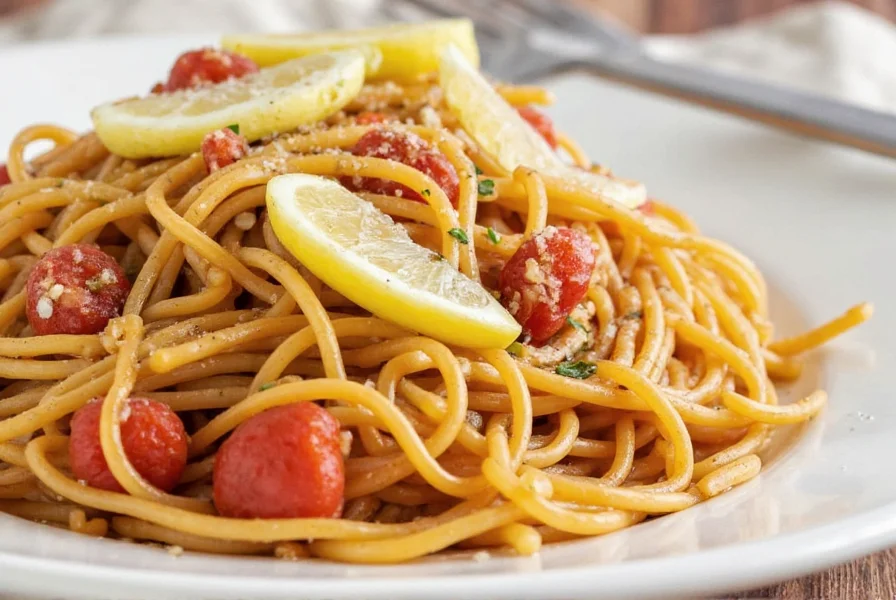
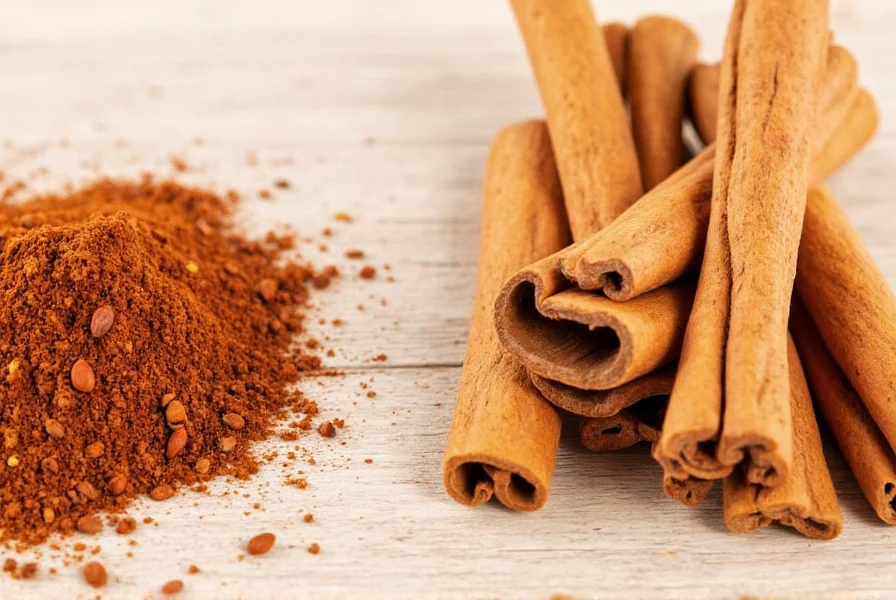
Buying Guide: Choosing the Right Seasoning for You
If you're looking to buy Creole or Cajun seasoning, there are several factors to consider based on your cooking style and preferences. Here's a detailed buying guide to help you make an informed choice:
Top Products to Consider
1. Tony Chachere's Creole Seasoning
Features: Classic Creole blend with paprika, garlic, onion, and thyme.
Advantages: Versatile and widely used in Southern kitchens.
Use Cases: Great for seafood, poultry, and vegetables.
Target Audience: Home cooks and food enthusiasts who love authentic Creole flavor.
Suitable Occasions: Weeknight dinners, casual gatherings, or holiday meals.
2. Zataran's Cajun Seasoning
Features: Bold and spicy blend with paprika, cayenne, and black pepper.
Advantages: Perfect for those who enjoy a strong, smoky flavor.
Use Cases: Ideal for grilled meats, seafood, and hearty stews.
Target Audience: Anyone who loves spicy, Southern-inspired dishes.
Suitable Occasions: BBQs, potlucks, and family dinners.
3. Lawry's Seasoned Salt
Features: A mix of salt, garlic, onion, and paprika.
Advantages: Simple yet effective for adding flavor to meats and vegetables.
Use Cases: Works well as a dry rub or in marinades.
Target Audience: Busy cooks who want a quick, no-fuss seasoning option.
Suitable Occasions: Everyday meals, snack preparation, or last-minute recipes.
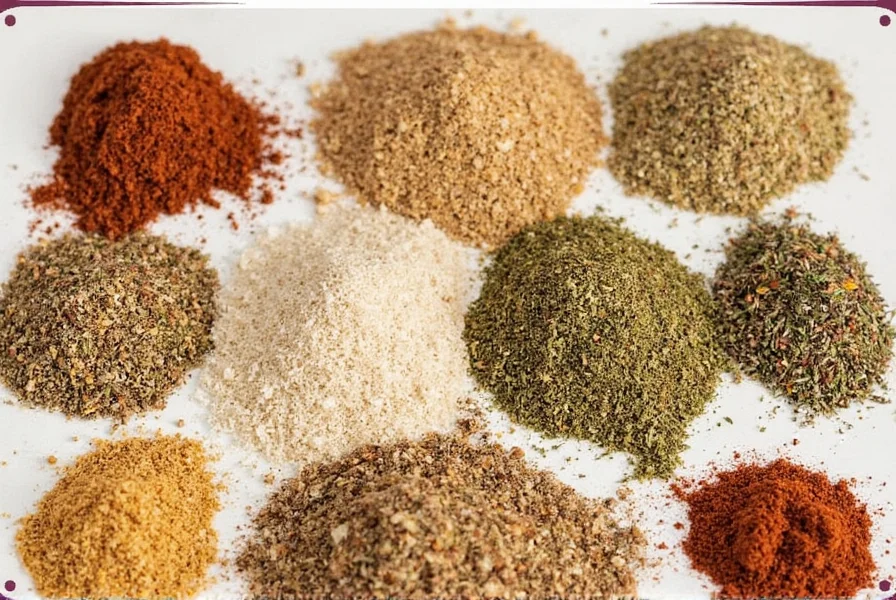
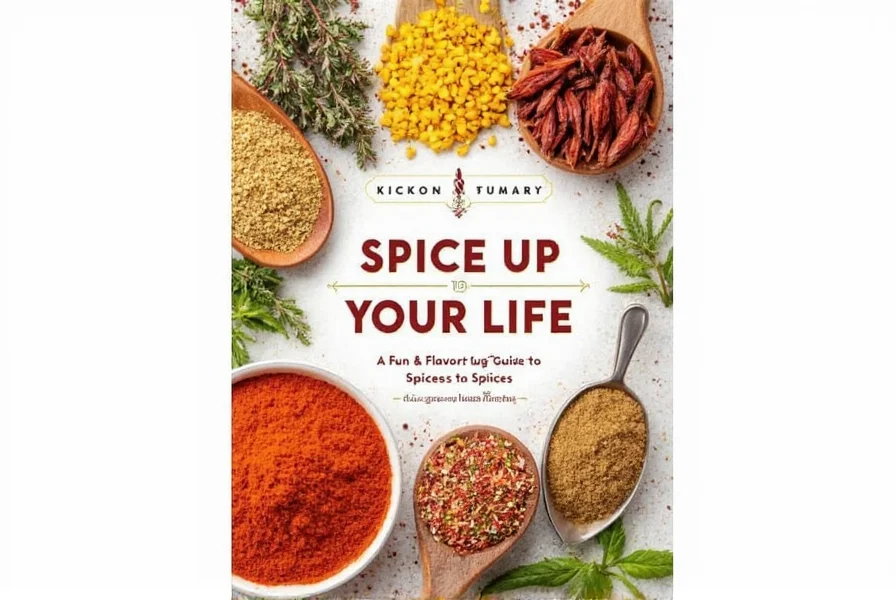
Frequently Asked Questions
Can I substitute Creole seasoning for Cajun seasoning (and vice versa)?
Yes, you can substitute one for the other, but be aware of the flavor differences. Creole seasoning is generally milder and more herb-forward, while Cajun seasoning is spicier and bolder. If substituting Creole for Cajun, you might want to add extra cayenne or black pepper. If substituting Cajun for Creole, you may want to reduce the amount used or balance with additional herbs.
Which seasoning is spicier: Creole or Cajun?
Cajun seasoning is typically spicier than Creole seasoning. Cajun blends usually contain more cayenne pepper and black pepper, giving them a medium to high heat level, while Creole seasoning tends to be milder (low to medium heat) with more emphasis on herbs like thyme and oregano.
What dishes is Creole seasoning best for?
Creole seasoning works best with dishes that benefit from a balanced, herb-forward flavor profile. It's excellent for seafood (especially shrimp and fish), roasted vegetables, chicken, turkey, and tomato-based sauces where you want flavor enhancement without overwhelming heat.
What dishes is Cajun seasoning best for?
Cajun seasoning shines with heartier dishes that can stand up to bold, spicy flavors. It's perfect for grilled or fried chicken, seafood boils, beef and pork dishes, jambalayas, gumbos, and stuffed peppers where you want that characteristic Southern kick.
Can I make my own Creole or Cajun seasoning at home?
Absolutely! Homemade blends often taste fresher and you can adjust the ingredients to your preference. For Creole: mix 2 tbsp paprika, 1 tbsp garlic powder, 1 tbsp onion powder, 1 tbsp dried oregano, 1 tbsp dried thyme, 1 tsp cayenne (adjust to taste), and 1 tsp black pepper. For Cajun: use 2 tbsp paprika, 1 tbsp garlic powder, 1 tbsp onion powder, 2 tsp cayenne, 1 tbsp black pepper, 1 tsp white pepper, and 1 tsp dried thyme.
Do Creole and Cajun seasonings contain salt?
This varies by brand. Some commercial blends include salt while others are salt-free. Always check the ingredient list. If you're watching your sodium intake or making your own blend, you can easily create salt-free versions. Many professional chefs prefer salt-free seasoning blends so they can control the salt level separately in their dishes.
How long do these seasonings last?
Properly stored in an airtight container away from heat and light, both Creole and Cajun seasonings will maintain their best flavor for 6-12 months. While they won't spoil, the spices will gradually lose potency over time. You'll know they're past their prime when the aroma becomes faint and the flavors seem dull in your dishes.
What's the main difference between Creole and Cajun cuisine beyond just the seasoning?
The cultural origins differ significantly. Creole cuisine developed in New Orleans with French, Spanish, African, and Caribbean influences, often featuring tomatoes and a more refined approach. Cajun cuisine originated with the Acadian exiles in rural Louisiana (Acadiana), featuring one-pot dishes cooked with smoked meats and game, with less emphasis on tomatoes and more on hearty, rustic flavors.

Conclusion
So, what's the difference between Creole and Cajun seasoning? While both bring incredible flavor to your kitchen, they do so in very different ways. Creole seasoning offers a balanced, herb-forward profile that enhances the natural taste of your ingredients, while Cajun seasoning delivers bold, spicy, and smoky notes that pack a punch.
By understanding the key differences in ingredients, flavor, and usage, you can confidently choose which seasoning to reach for depending on your recipe and taste preferences. Whether you're grilling up a storm or simmering a stew, the right seasoning can transform your dish from good to unforgettable.
Remember, the best part of cooking is experimenting—so don't be afraid to try both and see which one speaks to your palate!
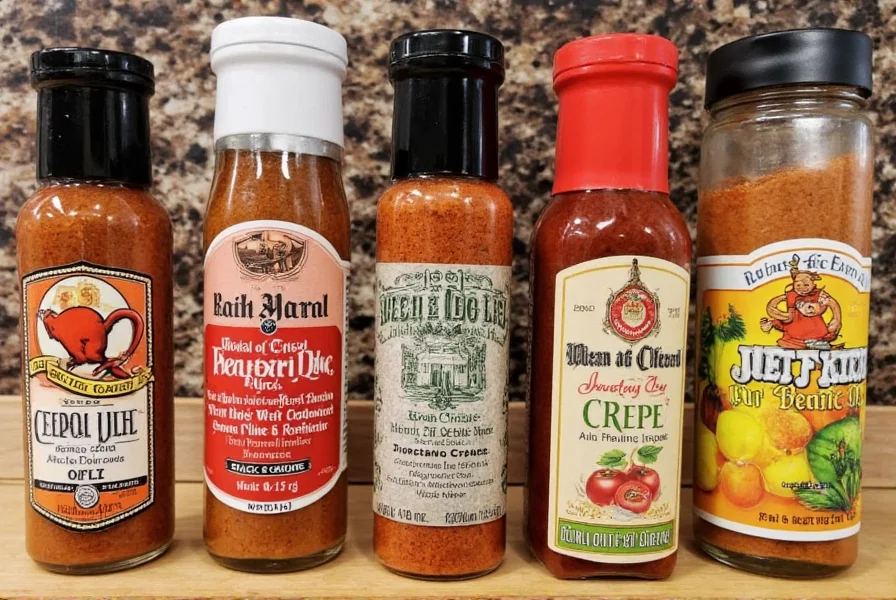
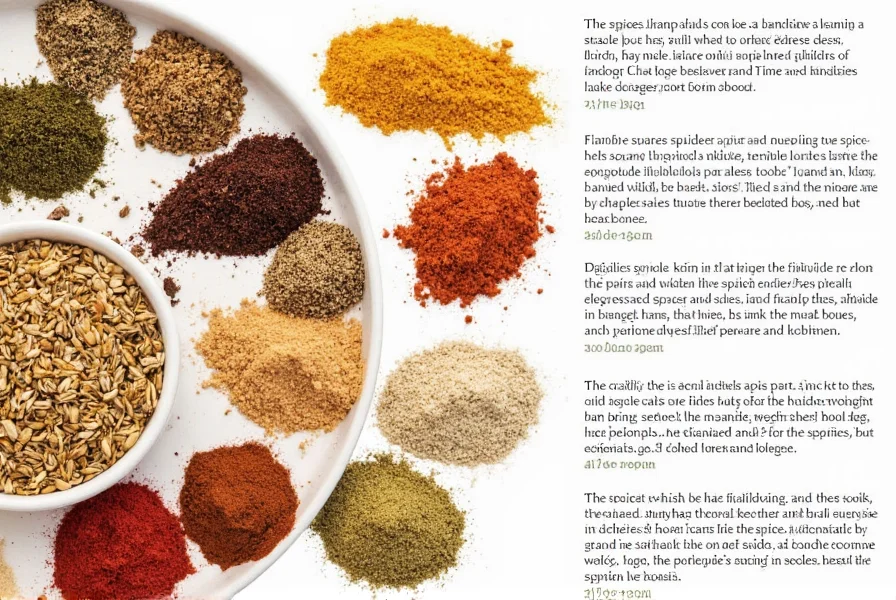










 浙公网安备
33010002000092号
浙公网安备
33010002000092号 浙B2-20120091-4
浙B2-20120091-4